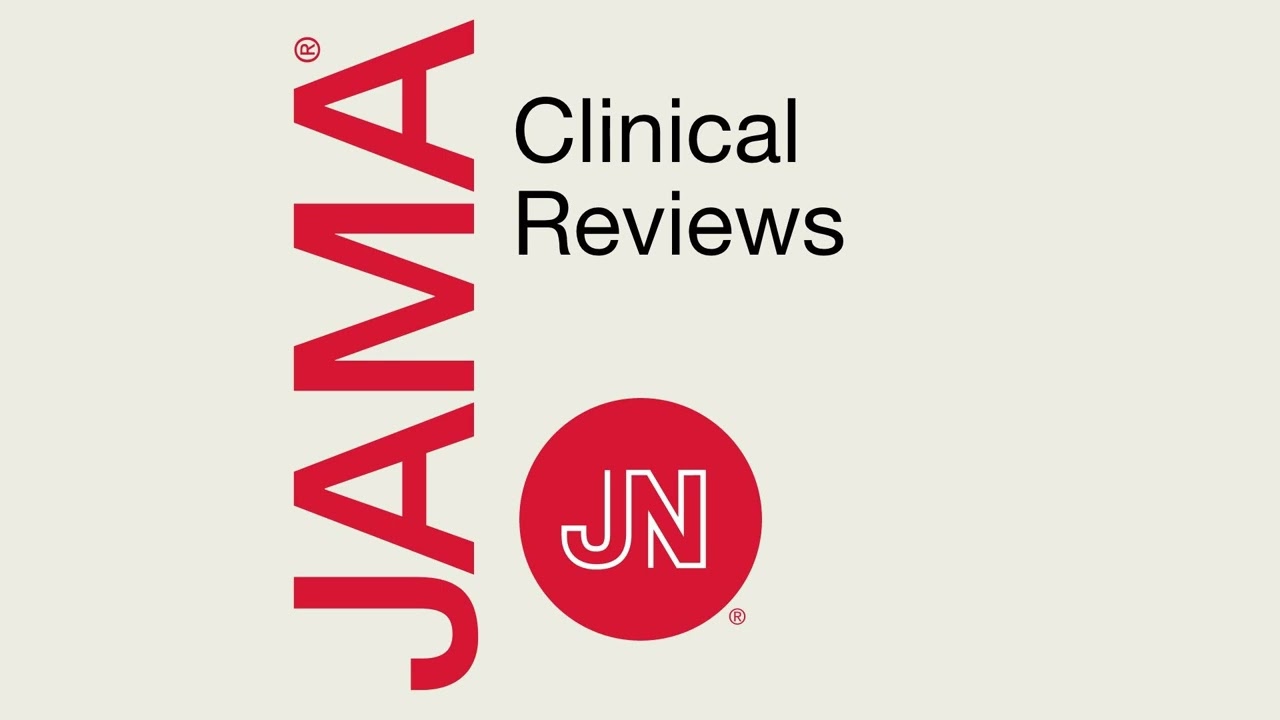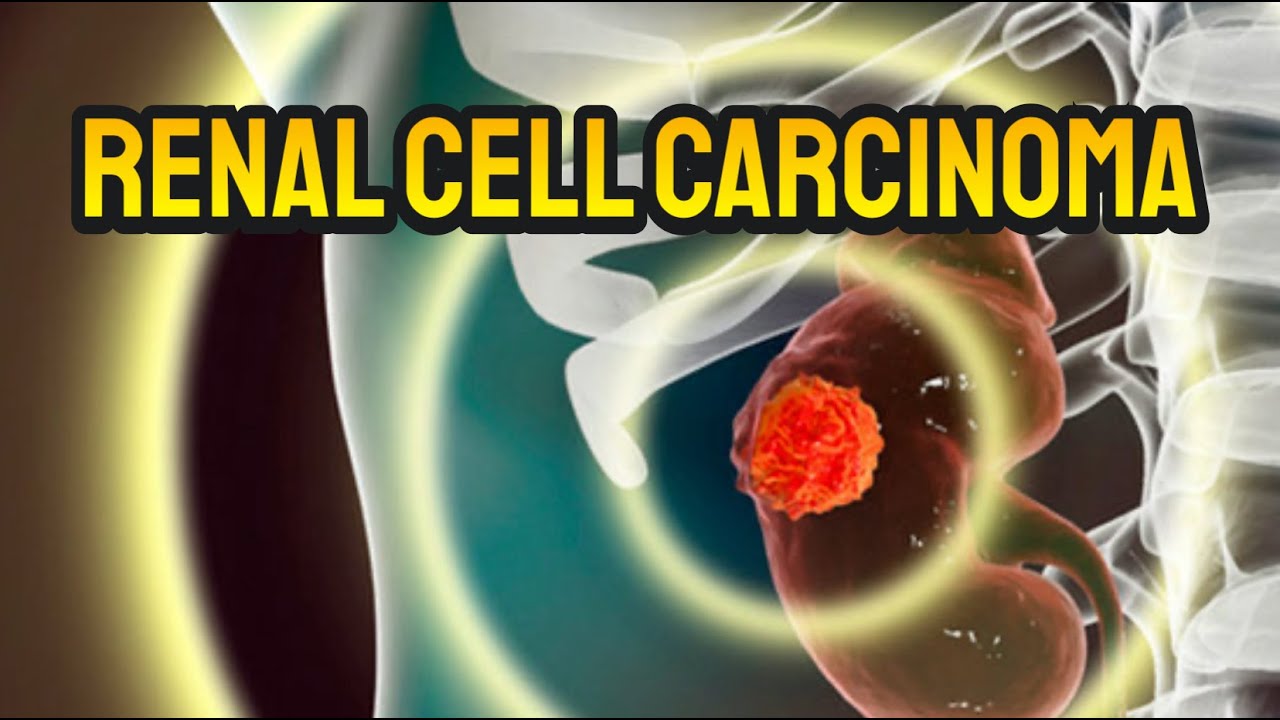The Oncology Channel
NEW YORK (Reuters Health) – Based on Medicare claims data, the rate of incisional hernia following radical prostatectomy is about three-times higher with minimally invasive surgery than with an open surgical approach.
“This is a potentially remediable complication of prostate cancer surgery that warrants increased vigilance with respect to surgical technique,” comment the authors of the report in the Journal of Urology online May 20.
As they point out, most urologists have switched from open radical prostatectomy to laparoscopic or robot-assisted laparoscopic approaches. While incisional hernia is rare after open prostatectomy, evidence indicates port-site hernia after a minimally invasive procedure is more common.
“Because an incisional hernia is typically related to surgical technique in closing the fascia, it is important to understand the true incidence of this complication in order to focus attention on strategies to improve outcomes,” write Dr. James A. Eastham, at Memorial Sloan-Kettering Cancer Center in New York, New York, and colleagues.
To that end, the team used a linked SEER-Medicare dataset to identify 3,199 patients who underwent minimally invasive radical prostatectomy and 6,795 who had an open operation for prostate cancer diagnosed between 2003 and 2007.
The frequency of incisional hernia requiring repair in the two groups was 5.3% and 1.9%, respectively. Accounting for follow-up time, this translated to incidence rates of 16.1 and 4.5 per 1000 person-years, respectively, according to the report.
Controlling for patient and disease factors, the hazard ratio for incisional hernia repair with minimally invasive surgery versus open surgery was 3.39 (p<0.0001), Dr. Eastham and colleagues calculated.
“We can speculate in reasons to why MIRP (minimally invasive radical prostatectomy) was associated with a higher incisional hernia occurrence than ORP (open radical prostatectomy),” they write in their discussion of the findings.
“Perhaps, the supra-umbilical location of the optical port and excision site in MIRP compared to the infra-umbilical incision for ORP, is a source of abdominal wall muscle weakness and increased risk of hernia formation. Strategies to optimize surgical technique are constantly evolving and moving the extraction site to below the umbilicus may mitigate the risk of hernia development in MIRP,” the authors suggest.
SOURCE: Risk of Incisional Hernia after Minimally Invasive and Open Radical Prostatectomy
J Urol 2013.








